Launched in March 2021 at a price that qualifies its placement in our ultra-premium segment ($800 and higher), the Oppo Find X3 Pro comes loaded with top-end features, including a quad-camera setup, a powerful Snapdragon 888 chipset, and a high-resolution AMOLED display with a fast 120 Hz refresh rate.
We put the Oppo Find X3 Pro through our comprehensive Battery protocol tests to see if how well its 4500 mAh battery performed, and we present our most significant findings here.
Key specifications:
- Total battery capacity: 4500 mAh (2 batteries x 2250 mAh)
- 65W charger included
- 30W wireless charging
- 6.7-inch, 1440 x 3216, 120 Hz AMOLED display
- Qualcomm Snapdragon 888 (5nm) chipset, 5G
- Tested ROM / RAM combination: 256 GB + 8 GB
About DXOMARK Battery tests: For scoring and analysis in our smartphone battery reviews, DXOMARK engineers perform a variety of objective tests over a week-long period both indoors and outdoors. This article highlights the most important results of our testing. (See our introductory and how we test articles for more details about our smartphone Battery protocol.)
Test summary
Scoring
Sub-scores and attributes included in the calculations of the global score.
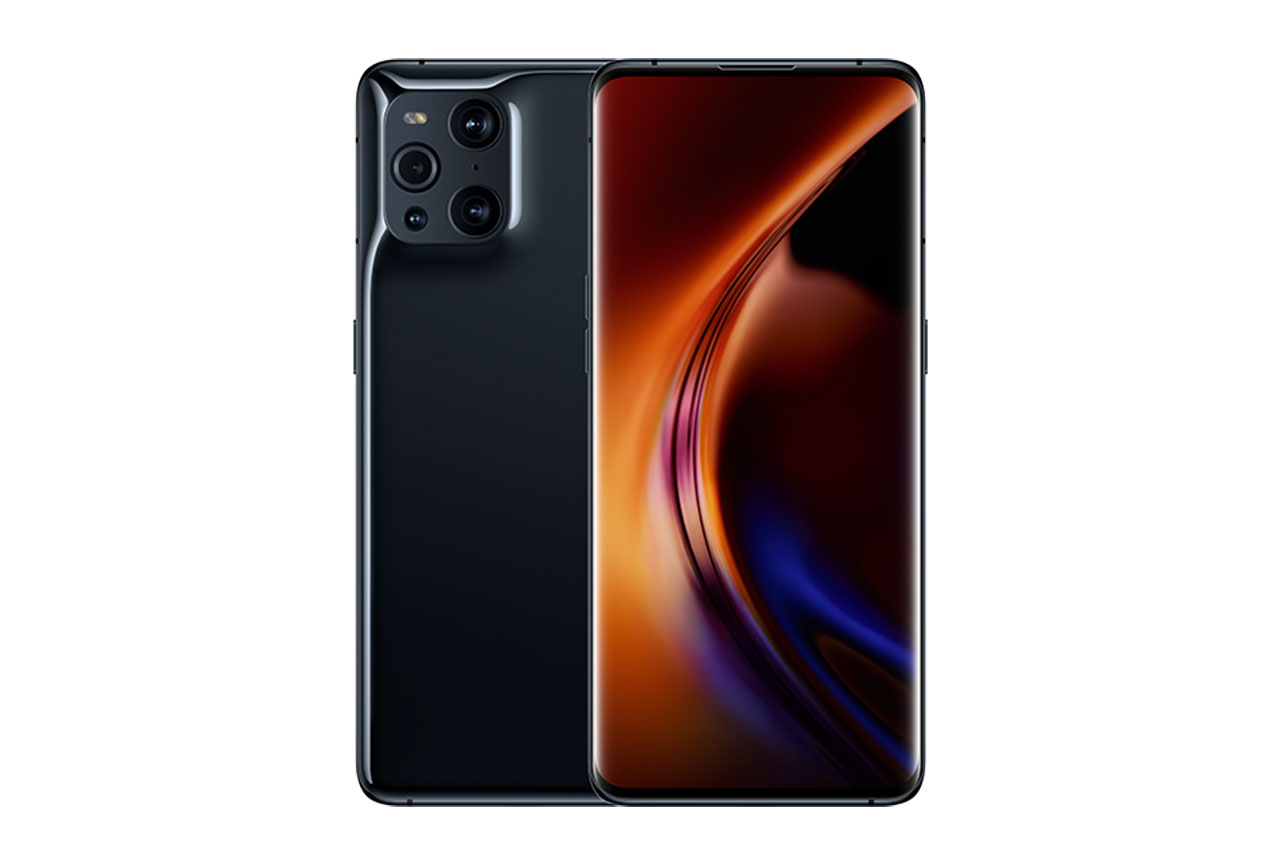
Oppo Find X3 Pro


Key performances
These key points are derived from the lab measurements during testing and do not figure into the overall score. The lab measurements, however, are used for the overall score.
 149th
149th
 38th
38th
Pros
- Very fast charging with quite good efficiency (the best in its range)
- Excellent performance on 5-minute charging
Cons
- Provides less than two days of autonomy
- Not as good as the competition for GPS
The Oppo Find X3 Pro’s overall Battery score of 66 places it in the lower half of our database of devices tested to date, with a poor showing in our autonomy tests having a significant impact. However, at 100 points, the Find X3 Pro is one of the best devices in our database for charging, with only its sibling Find X3 Neo coming ahead of it by just one point.
We compared the Oppo Find X3 Pro’s performance in several key categories with three other ultra-premium devices, the Samsung Galaxy S21 Ultra 5G (Exynos), the Samsung Galaxy S21 Ultra 5G (Snapdragon), and the Apple iPhone 12 Pro Max; battery capacity, charger, display type and resolution, and processor specifications for all four devices are shown in the table below.
|
Oppo Find X3 Pro |
Samsung Galaxy S21 Ultra 5G (Exynos) | Samsung Galaxy S21 Ultra 5G (Snapdragon) |
Apple iPhone 12 Pro Max |
|
| Battery (mAh) |
4500 |
5000 | 5000 |
3678 |
| Charger (W) |
65W |
25W | 25W |
20W |
| Display type |
AMOLED |
AMOLED 2X | AMOLED 2X |
OLED |
| Resolution |
1440 x 3216 |
1440 x 3200 | 1440 x 3200 |
1284 x 2778 |
| Processor |
Qualcomm Snapdragon 888 |
Exynos 2100 | Qualcomm Snapdragon 888 | Apple A14 Bionic |
Sub-score details
Autonomy (48)
How long a battery charge lasts depends not only on battery capacity, but also other aspects of the phone’s hardware and software. The DXOMARK Battery autonomy score is composed of three performance sub-scores: (1) Stationary, (2) On the go, and (3) Calibrated use cases. Each sub-score comprises the results of a comprehensive range of tests for measuring autonomy in all kinds of real-life scenarios.
With an overall Autonomy score of 48, the Oppo Find X3 Pro is close to the bottom for this attribute among all smartphones we’ve tested thus far, and it ties with the Samsung Galaxy S21 Ultra 5G (Exynos) for last place among the ultra-premium devices use for comparison in this review. Let’s take a closer look.

Stationary
Oppo Find X3 Pro
52
104
A robot housed in a Faraday cage performs a set of touch-based user actions during what we call our “typical usage scenario” (TUS) — making calls, video streaming, etc. — 4 hours of active use over the course of a 16-hour period, plus 8 hours of “sleep.” The robot repeats this set of actions every day until the device runs out of power.
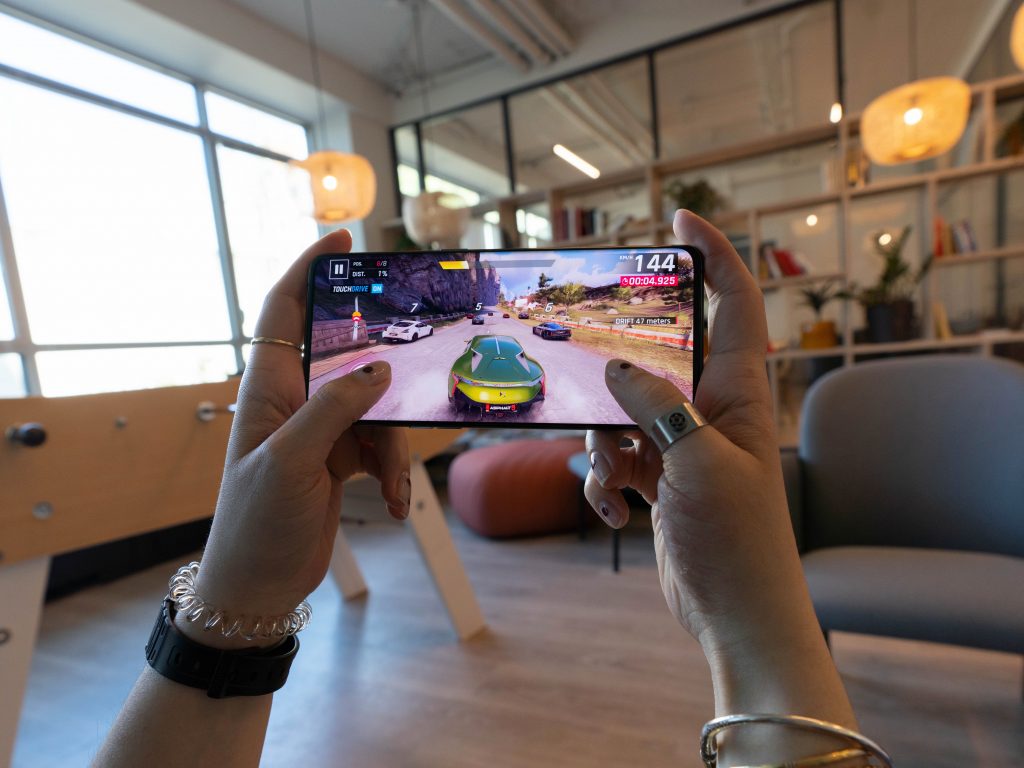
In our stationary TUS testing, the Oppo Find X3 Pro provides less than 2 days of autonomy — 46 hours and 13.5 minutes, to be more precise. By contrast, the iPhone 12 Pro Max provides more than 61 hours of average use.

On the go
Oppo Find X3 Pro
49
96
Using a smartphone on the go takes a toll on autonomy because of extra “hidden” demands, such as the continuous signaling associated with cellphone network selection, for example. DXOMARK Battery experts take the phone outside and perform a precisely defined set of activities while following the same three-hour travel itinerary for each device.
The Oppo Find X3 Pro found itself tied for bottom place in our On the go tests with the premium-level Vivo X51 5G. Still it fared better in certain use cases than its ultra-premium rivals; for example, it was better than both Samsung devices for camera and better than the Samsung Exynos version for making phone calls.

Calibrated
Oppo Find X3 Pro
49
100
For this series of tests, the smartphone returns to the Faraday cage and our robots repeatedly perform actions linked to one specific use case (such as gaming, video streaming, etc.) at a time. Starting from an 80% charge, all devices are tested until they have expended at least 5% of their battery power.
The Find X3 Pro did no better in our calibrated use case testing, showing lower autonomy during idle (screen off) time and when gaming via 4G. Further, it had poor autonomy for video playback, and considerably lower autonomy than the Snapdragon version of the Galaxy S21 Ultra and the iPhone 12 Pro Max for music streaming and making 3G calls.
Charging (100)
The DXOMARK Battery charging score is composed of two sub-scores, Full charge and Quick boost. Full charge tests assess the reliability of the battery power gauge; measure how long it takes to charge a battery from 0 to 80% capacity and from 80% to 100%; and measure how long and how much power the battery takes to go from an indicated 100% to an actual full charge. With the phone at different charge levels (20%, 40%, 60%, 80%), Quick boost tests measure the amount of charge the battery receives after being plugged in for 5 minutes.
It is fair to say that the Oppo Find X3 Pro’s charging performance blew its Samsung and Apple rivals right out of the water (along with nearly every other device in our database) — a result that is most certainly attributable to its powerful 65W charger. (In fact, the Find X3 Pro was so quick to charge that we had to change the usual scale of the x axis in the graph below so that all the labels would be legible.)
But as the graph below shows, charging starts slowly for a few moments in order to protect the battery from damage, an indication that the depth of discharge was significant.

Full charge
Oppo Find X3 Pro
104
121
The Oppo Find X3 Pro’s 65W charger enabled it to go from completely empty to a completely full charge in just under 37 minutes — nearly an hour faster than both Samsung devices with their 25W chargers, and almost two hours faster than the Apple iPhone 12 Pro Max with its rather puny 20W charger. Although its sibling Find X3 Neo did better in terms of the overall Charging score, the Find X3 Pro bested it in this sub-attribute by six points.
Like its ultra-premium rivals, the Find X3 Pro also offers wireless charging, achieving a full charge in an hour and 43 minutes — once again soundly beating all three competitors by a significant margin.
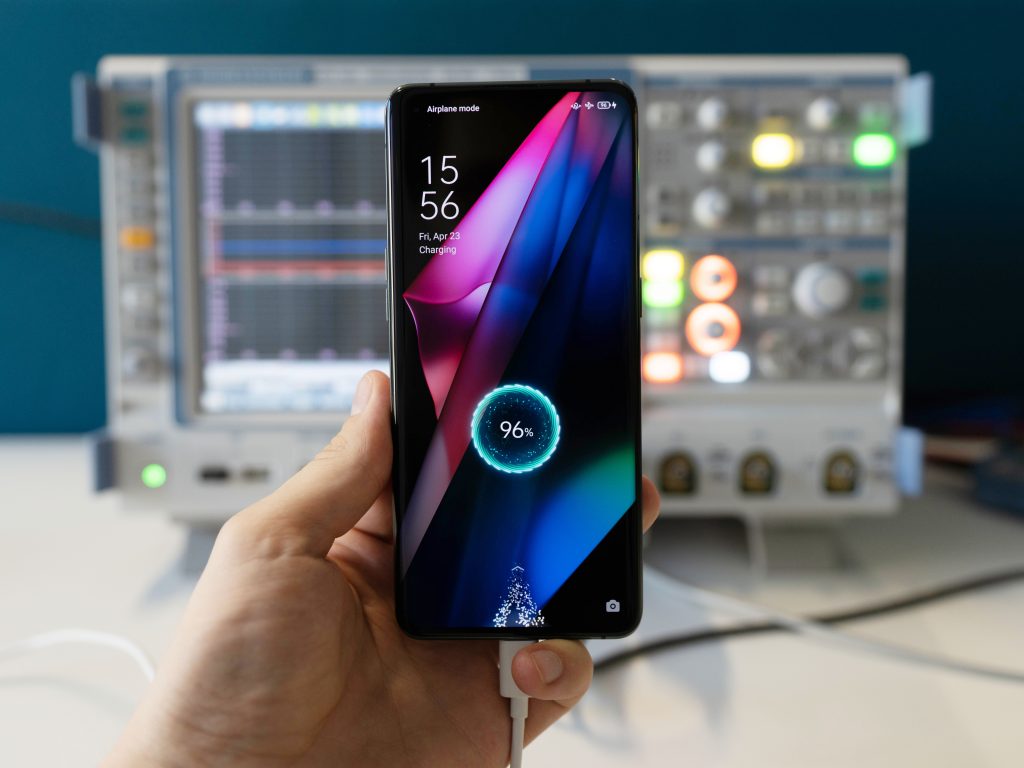

Quick boost
Oppo Find X3 Pro
89
111
By plugging in the Oppo for 5 minutes when there is less than 50% battery power remaining, users will be able to gain 6 hours of autonomy (significantly more than for the other phones in this comparison).
| Oppo Find X3 Pro | Samsung Galaxy S21 Ultra 5G (Snapdragon) | Samsung Galaxy S21 Ultra 5G (Exynos) | Apple iPhone 12 Pro Max | ||
| Autonomy boost (hh:mm) | 20% | 5:49 | 3:24 | 3:01 | 3:17 |
| 40% | 6:36 | 3:22 | 3:02 | 3:16 | |
| 60% | 4:40 | 2:54 | 2:39 | 3:03 | |
| 80% | 3:25 | 2:11 | 2:31 | 1:24 | |
| Percentage boost | 20% | 18.4 % | 9.2 % | 9.1 % | 8.2 % |
| 40% | 20.9 % | 9.1 % | 9.2 % | 8.2 % | |
| 60% | 14.7 % | 7.8 % | 8 % | 7.6 % | |
| 80% | 10.8 % | 5.9 % | 7.6 % | 3.5 % | |
| Energy consumed | 20% | 4020 mWh | 2279 mWh | 2282 mWh | 1768 mWh |
| 40% | 4563 mWh | 2262 mWh | 2285 mWh | 1764 mWh | |
| 60% | 3223 mWh | 1950 mWh | 1997 mWh | 1645 mWh | |
| 80% | 2360 mWh | 1468 mWh | 1896 mWh | 761 mWh |
Efficiency (59)
Our Efficiency score comprises two sub-scores, Charge up and Discharge. Charge up is the efficiency of a full charge (how much energy is drained from the wall outlet vs the energy capacity of the battery, as well as the efficiency of the charger and its residual consumption). Discharge is how much current the smartphone drains from the battery when in use (the ratio of battery capacity over autonomy). Better autonomy with a smaller battery means better efficiency.

Charge up
Oppo Find X3 Pro
80
105
At 87% peak efficiency, the Oppo Find X3 Pro’s charger is very good, even though the charger that comes with both the Exynos and Snapdragon versions of the Galaxy S21 Ultra performs better in this regard. That said, at 79.6% nominal efficiency, the entire charging system (including charger and internal smartphone circuits) of the Oppo turns in a better performance than its competitors.
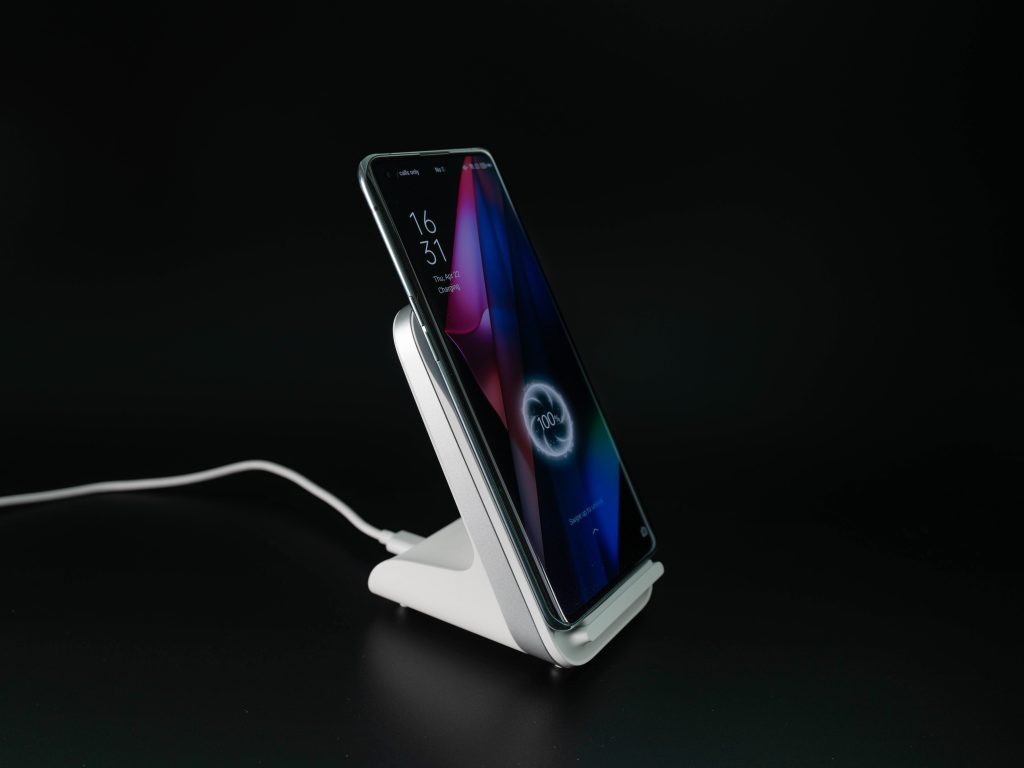
Residual power consumptions are very high whether plugged or unplugged, a pattern that we see on all Find X3s.

Discharge
Oppo Find X3 Pro
56
121
The Find X3 Pro’s consumption during active hours is higher than its rivals, which has a negative impact on its autonomy. Further, the Oppo devices shows considerably higher consumption than the Samsung Galaxy S21 Ultra 5G (Snapdragon) for video playback and gaming.
Conclusion
For many people, the Oppo Find X3 Pro’s quite poor performance for autonomy and only low-average showing for efficiency may be largely offset by its outstanding charging capabilities. Whether wired or wireless, the Find X3 Pro’s superlative ability to power up is among the very best in our database.


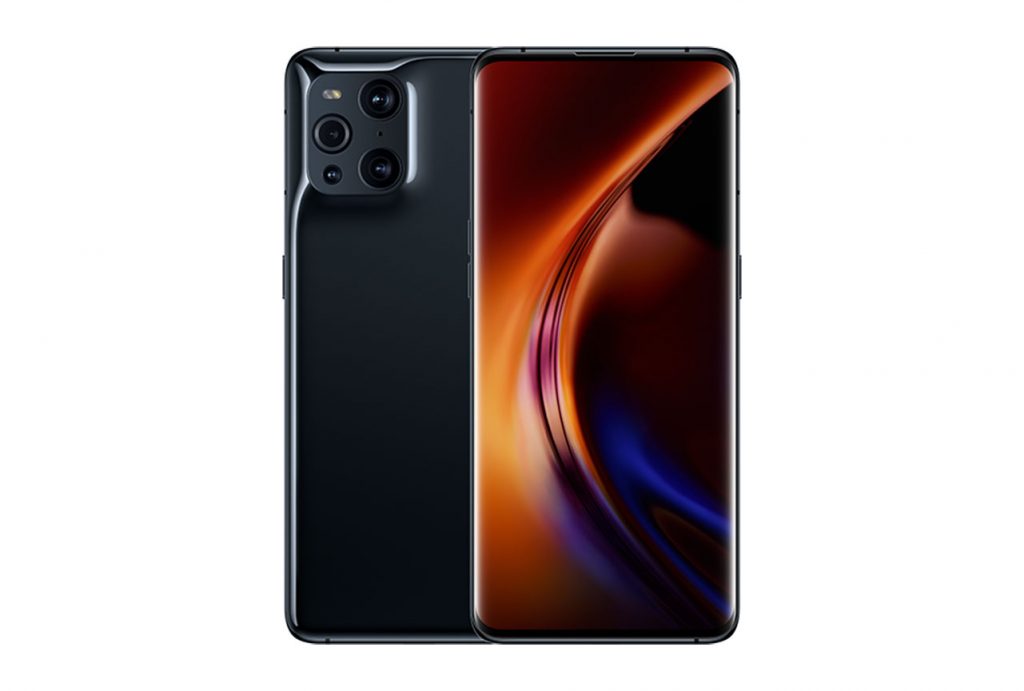
DXOMARK encourages its readers to share comments on the articles. To read or post comments, Disqus cookies are required. Change your Cookies Preferences and read more about our Comment Policy.